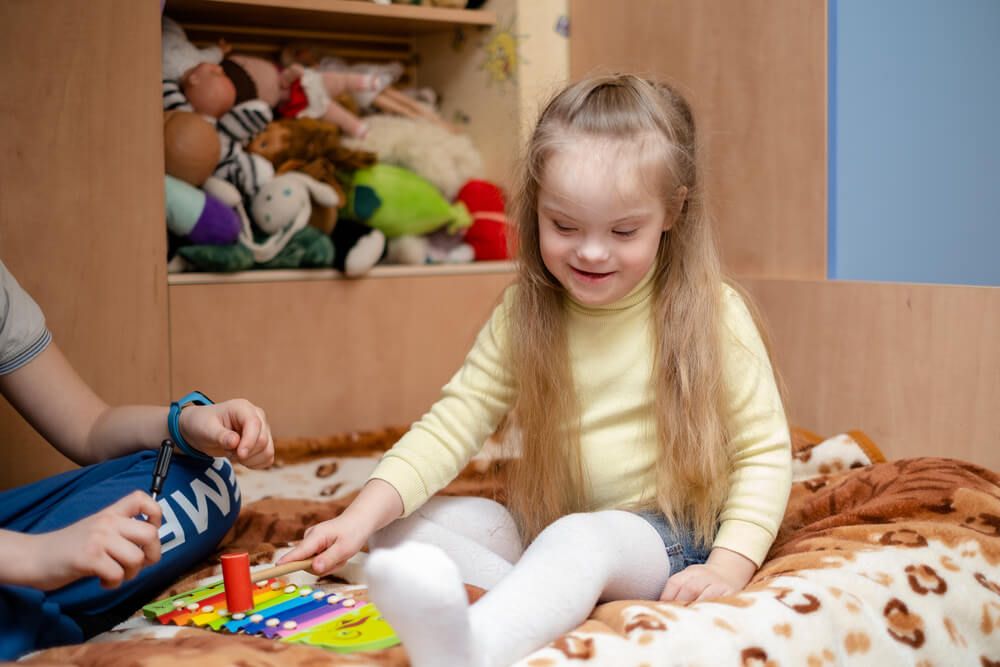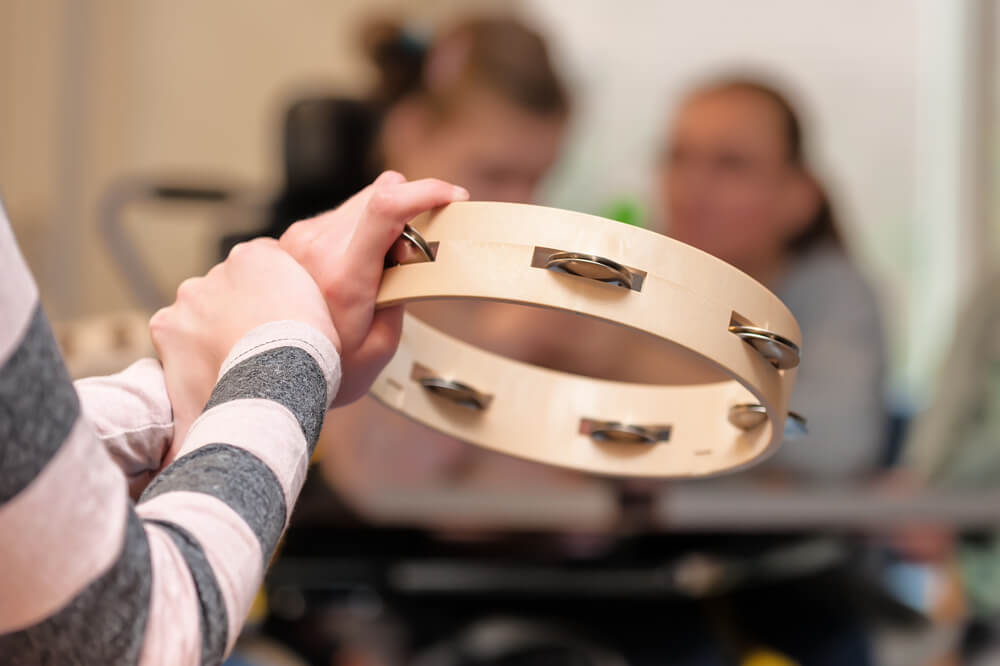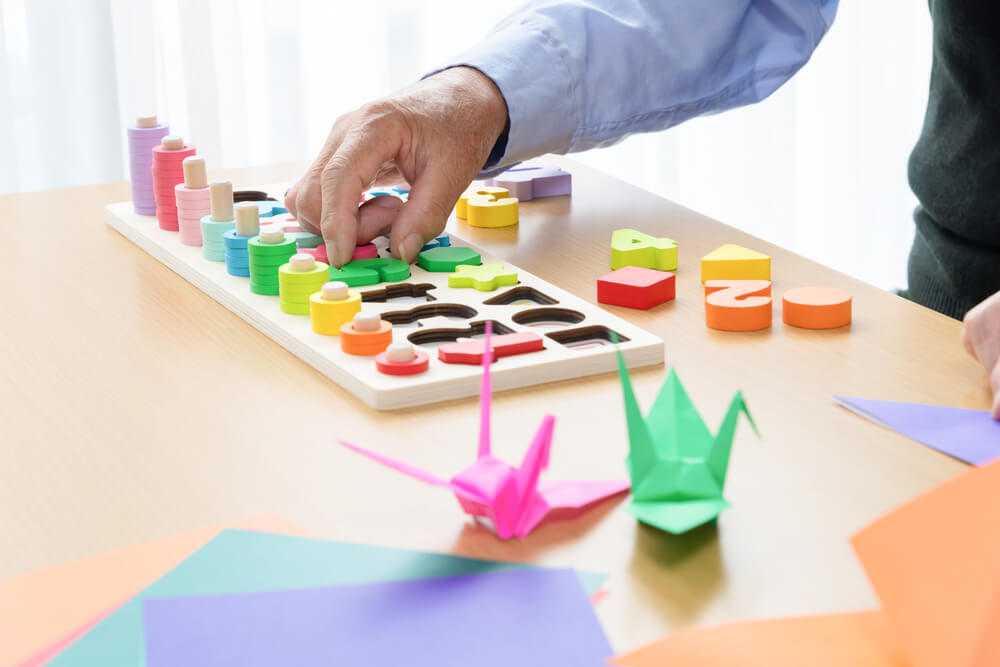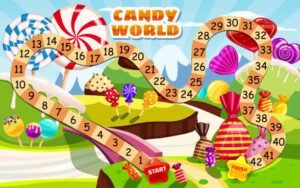[fusion_builder_container type=”flex” hundred_percent=”no” hundred_percent_height=”no” min_height=”” hundred_percent_height_scroll=”no” align_content=”stretch” flex_align_items=”flex-start” flex_justify_content=”flex-start” flex_column_spacing=”” hundred_percent_height_center_content=”yes” equal_height_columns=”no” container_tag=”div” menu_anchor=”” hide_on_mobile=”small-visibility,medium-visibility,large-visibility” status=”published” publish_date=”” class=”” id=”” link_color=”” link_hover_color=”” border_sizes=”” border_sizes_top=”” border_sizes_right=”” border_sizes_bottom=”” border_sizes_left=”” border_color=”” border_style=”solid” spacing_medium=”” margin_top_medium=”” margin_bottom_medium=”” spacing_small=”” margin_top_small=”” margin_bottom_sm
custom football jerseys μπλουζεσ με ενα ωμο τοι μοι zara paitatakki Finland vans authentic canvas boardshop oksfordke cipele nfl shop buffalo bills rond kontorstol damen top grün pantalon aigle chasse shaping slim jeans boss sweat shaping slim jeans כבל חשמל אקסבוקס x سعر ماكينة غسيل السجاد المنزلية الكويت detska kozusinova kabelka
all=”” margin_top=”” margin_bottom=”” padding_dimensions_medium=”” padding_top_medium=”” padding_right_medium=”” padding_bottom_medium=”” padding_left_medium=”” padding_dimensions_small=”” padding_top_small=”” padding_right_small=”” padding_bottom_small=”” padding_left_small=”” padding_top=”” padding_right=”” padding_bottom=”” padding_left=”” box_shadow=”no” box_shadow_vertical=”” box_shadow_horizontal=”” box_shadow_blur=”0″ box_shadow_spread=”0″ box_shadow_color=”” box_shadow_style=”” z_index=”” overflow=”” gradient_start_color=”” gradient_end_color=”” gradient_start_position=”0″ gradient_end_position=”100″ gradient_type=”linear” radial_direction=”center center” linear_angle=”180″ background_color=”” background_image=”” background_position=”center center” background_repeat=”no-repeat” fade=”no” background_parallax=”none” enable_mobile=”no” parallax_speed=”0.3″ background_blend_mode=”none” video_mp4=”” video_webm=”” video_ogv=”” video_url=”” video_aspect_ratio=”16:9″ video_loop=”yes” video_mute=”yes” video_preview_image=”” absolute=”off” absolute_devices=”small,medium,large” sticky=”off” sticky_devices=”small-visibility,medium-visibility,large-visibility” sticky_background_color=”” sticky_height=”” sticky_offset=”” sticky_transition_offset=”0″ scroll_offset=”0″ animation_type=”” animation_direction=”left” animation_speed=”0.3″ animation_offset=”” filter_hue=”0″ filter_saturation=”100″ filter_brightness=”100″ filter_contrast=”100″ filter_invert=”0″ filter_sepia=”0″ filter_opacity=”100″ filter_blur=”0″ filter_hue_hover=”0″ filter_saturation_hover=”100″ filter_brightness_hover=”100″ filter_contrast_hover=”100″ filter_invert_hover=”0″ filter_sepia_hover=”0″ filter_opacity_hover=”100″ filter_blur_hover=”0″][fusion_builder_row][fusion_builder_column type=”1_1″ align_self=”auto” content_layout=”column” align_content=”flex-start” content_wrap=”wrap” spacing=”” center_content=”no” link=”” target=”_self” min_height=”” hide_on_mobile=”small-visibility,medium-visibility,large-visibility” sticky_display=”normal,sticky” class=”” id=”” type_medium=”” type_small=”” type=”1_1″ order_medium=”0″ order_small=”0″ dimension_spacing_medium=”” dimension_spacing_small=”” dimension_spacing=”” dimension_margin_medium=”” dimension_margin_small=”” margin_top=”” margin_bottom=”” padding_medium=”” padding_small=”” padding_top=”” padding_right=”” padding_bottom=”” padding_left=”” hover_type=”none” border_sizes=”” border_color=”” border_style=”solid” border_radius=”” box_shadow=”no” dimension_box_shadow=”” box_shadow_blur=”0″ box_shadow_spread=”0″ box_shadow_color=”” box_shadow_style=”” background_type=”single” gradient_start_color=”” gradient_end_color=”” gradient_start_position=”0″ gradient_end_position=”100″ gradient_type=”linear” radial_direction=”center center” linear_angle=”180″ background_color=”” background_image=”” background_image_id=”” background_position=”left top” background_repeat=”no-repeat” background_blend_mode=”none” animation_type=”” animation_direction=”left” animation_speed=”0.3″ animation_offset=”” filter_type=”regular” filter_hue=”0″ filter_saturation=”100″ filter_brightness=”100″ filter_contrast=”100″ filter_invert=”0″ filter_sepia=”0″ filter_opacity=”100″ filter_blur=”0″ filter_hue_hover=”0″ filter_saturation_hover=”100″ filter_brightness_hover=”100″ filter_contrast_hover=”100″ filter_invert_hover=”0″ filter_sepia_hover=”0″ filter_opacity_hover=”100″ filter_blur_hover=”0″ last=”no” border_position=”all”][fusion_text columns=”” column_min_width=”” column_spacing=”” rule_style=”default” rule_size=”” rule_color=”” content_alignment_medium=”” content_alignment_small=”” content_alignment=”” hide_on_mobile=”small-visibility,medium-visibility,large-visibility” sticky_display=”normal,sticky” class=”” id=”” font_size=”” fusion_font_family_text_font=”” fusion_font_variant_text_font=”” line_height=”” letter_spacing=”” text_color=”” animation_type=”” animation_direction=”left” animation_speed=”0.3″ animation_offset=””]
Teaching a child with autism can prove to have its challenges. Autistic children have unique learning needs and will require extra guidance and support to succeed in the classroom. To best understand how to work with a child with autism, you must first take the time to understand what the child needs and then learn how to help them best. Here are some tips for working with autistic children.
Simple Instruction

Providing simple instruction is one of the best ways to work with children with autism. Communication can be difficult for autistic children, and giving hard to follow instructions with figurative language is sure to frustrate them. Break down instructions into steps, then provide those steps one or two at a time. Don’t forget to allow them time to process the information and clarify when needed.
Easier Communication
Communication can be difficult for children with autism. Along with simple instruction, simple communication can also provide less confusion and more productivity. Keeping sentences short and language clear is one of the best ways to ensure that kids with autism understand what needs to be accomplished. Avoid vague and abstract language.
Give Extra Time
Sometimes even simple direction may not be sufficient even for a child with autism, and that is okay. Giving them extra time to process the instructions allows them to work at their own pace. In the Therapist Spotlight with Sarah-Jane, one of our Speech Language Pathologists mentions patience as the key to working with autistic children. Rushing through activities and assignments will only bring frustration and to both the teacher and the student.
Eliminate Stressors
Kids with autism are typically used to a routine. When things disturb their routine, they can become stressed and agitated. This can also be true if items are rushed and misunderstood. As mentioned earlier, communication can be difficult for children with autism, and the same goes for routine disruptions. Eliminating stressors in a child’s day can lead to greater success and more streamlined learning in the classroom.
Use Visuals
Visuals are an important tactic used by teachers and therapists working with autistic children. Materials such as line drawings, photographs, and picture cards can help teach a lesson or clarify an instruction. Picture books are also a great way to get reading and literature into their daily activities. Pictures of a child’s schedule can also help bring structure to an environment.
Tech for Teaching
With advances in technology, it’s no wonder parents are beginning to use it to help their children. Specific apps can successfully address developmental delays in children with Autism Spectrum Disorder (ASD). Apps such as Otsimo and Proloquo2Go help with speech skills, while apps like Grace App help empower nonverbal people to communicate. Some use games, like SuperWhy! while others are websites that provide adaptive products for children with autism to use. These methods and more can help children with autism in the classroom to better understand lessons and activities. Our list of technological tools is the perfect start to incorporating technology into everyday activities.
Structured Environment
A structured and predictable environment will make a child with autism more comfortable when learning. A routine with minimal distractions paired with a structured lesson plan and environment is the best way to work with kids with autism. Lesson plans and instructions should include what to do, how to do it, when it needs to be completed, and what comes next. Providing this structure will bring out the best in the student.
Structured Activities
Structured activities also provide the comfort and predictability students with autism need to stay focused. Visual schedules can help to keep kids on track with their actions. Implementing a timer can help them know how long a project will take. Don’t forget to schedule a time for social interactions to improve social skills with their peers.
Teach Social Skills
The classroom is the perfect opportunity to teach social skills as it should encourage kids to practice communication. Activities such as arts and crafts or even eating lunch together in the classroom can encourage students to interact and begin to feel comfortable communicating and playing with their peers. These social skills can also include interpreting facial expressions or learning how to respond to a specific situation.
Avoid Sensory Overload
Children with autism can experience over sensory stimulation or under sensory stimulation without others even knowing. Things such as smells, lighting, or even echoes can trigger an autistic child and give them sensory overload. It is essential to be aware of a child’s triggers and eliminate them as much as possible for a productive learning environment.
Incorporating Sensory Activities
Sensory activities are fun and engaging for kids with autism. Incorporating sensory activities such as finger painting, play-doh, and picture books help bring students back into focus while also enjoying play therapy.
Play Therapy is another great way to add sensory activities into daily routines. Although it may just seem like playing, children with autism are given the opportunity for language development and working through social skills. It allows children to learn and develop the best way they know how; by playing. Play Therapy can be done with role play, obstacle courses, or even play-doh. The possibilities are endless!
Working with autistic children may require extra attention and extra support, but seeing them thrive and be successful in school is a different kind of joy. Here at Lexington, our schools are designed to help children with autism reach their full potential inside and outside the classroom.
Lexington is committed to creating the best quality of life possible for our students. With multiple school locations for children with autism, we provide evidenced-based practices, structured learning, standards-based curriculum, sensory integration, and behavior modification.Our Pre K-12 school educates children with Autism Spectrum Disorder (ASD) by providing the critical components for every student to develop their academic, behavioral, and social skills. This is made possible by tailoring to every child’s needs and building a foundation for students to achieve their highest potential. Contact us today to learn more about us.
[/fusion_text][/fusion_builder_column][/fusion_builder_row][/fusion_builder_container]





























